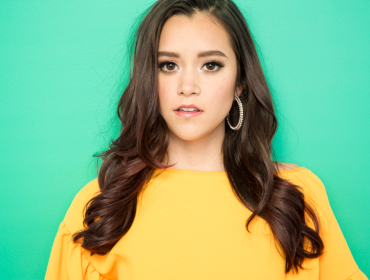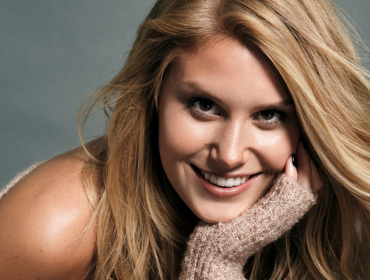In light of Vogue magazine’s most recent cover featuring soon to be wed power couple, Kanye West (only the fifth man to be featured on Vogue) and Kim Kardashian, many readers were left wondering how Vogue went from covers that were artistic to those that are pop culture driven. Starting from it’s founding in 1892 with original founder Arthur Turnure, the goal was to create a publication that celebrated the “ceremonial” side of life targeting the New York aristocracy. The cover of the very first issue was an illustration of a woman in a red dress standing next to a tree with her hat hanging on it. Vogue read in black letters at the very top. After Turnure passes at the turn of the century, Vogue finds itself with more detailed illustrations. We begin to see a woman in a full gown with the beautiful city as her backdrop. One might see these early 20th century covers as an animated scene out of The Great Gatsby.

As we jump to the 1930’s, Vogue begins to transition from illustrations on its cover to the use of live women. Models were typically shot from the waist up, accentuating their nails, jewelry, and a bold red lip. These covers always had a theme with a model striking an ever so graceful and dainty pose.
The 1950’s come around and Vogue has finally found its signature heading at the top fourth of the page with a beaming white or pastel colored background. It is also during this era that the covers show what seems to be the celebration of a woman’s grace, beauty, and gentleness by a use and play on different poses they struck. Aside from the aspirational dresses and jackets, jewelry played a huge role on the covers during this era.
The 1960’s bring us one of the most sensational editors Vogue has had to offer, Diana Vreeland. Drawing on her knowledge of art and history, she created fantasies. It was here that Vreeland made the shift from society’s woman to pop culture where she featured people like Twiggy and Cher on the cover of the magazine and placed The Beatles and Mick Jagger on an inside spread. Pop artist or not, Vreeland never failed to tell her reader a story.

As we approach the 1980’s, covers begin to show a wider range of women. Shot from the neck up with the model’s face taking up a majority of the page, we see an emphasis on beauty. The eyebrows, colored shadows that give sensuality to the eye, blush that brings the bone structure to life, and a bold lip as the icing on the cake. In a sense, one can compare these covers to a painting. By 1988, Vogue finds itself in the hands of Anna Wintour.
Upon coming to the publication, Wintour sought to make the brand younger and more approachable by focusing on new and more readily accessible concepts of fashion. With the 1990’s covers of Vogue we see different kinds of models as well as different trends. The ritzy edge of the magazine was still there, but it became more flexible and relatable. It is here we also see a lot of Naomi Campbell and Kate Moss.

As we hit the 21st century, the era of pop culture related covers skyrockets for the magazine. No longer is it about the models as it is about which singer or actress gets the coveted cover. From Rihanna, Beyoncé, and Lady Gaga to Nicole Kidman, Sarah Jessica Parker, and Lena Dunham – Vogue has completely transformed from just its former high society woman.
After witnessing Kim and Kanye on the cover of Vogue, we can only wonder what the iconic fashion magazine is going to bring us next.
Image source: vogue.com





